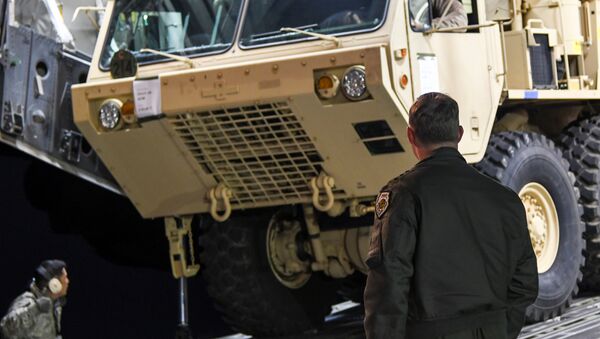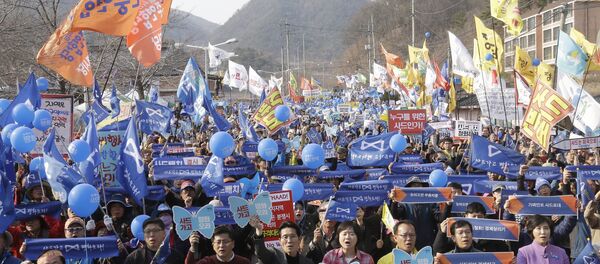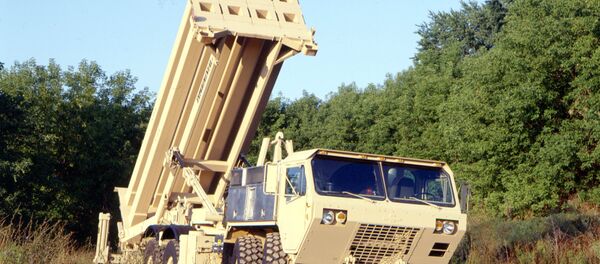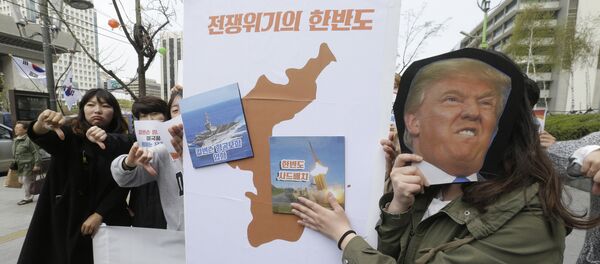Moon Jae-in from the South Korean Democratic Party became the new president of South Korea after receiving the support of 41.1 percent of voters. The vote took place less than two months after President Park Geun-hye was ousted following a corruption scandal that also led to her arrest.
The election took place amid heightened tensions around the Korean Peninsula, including new nuclear and missile tests by North Korea and protests against the Terminal-High Altitude Area Defense (THAAD) deployed by the United States to South Korea.
Among other pledges, the new South Korean leader said he would resolve the THAAD issue through dialogue with both Washington and Beijing. China recently spoke against the deployment and urged the US and South Korea to stop it.
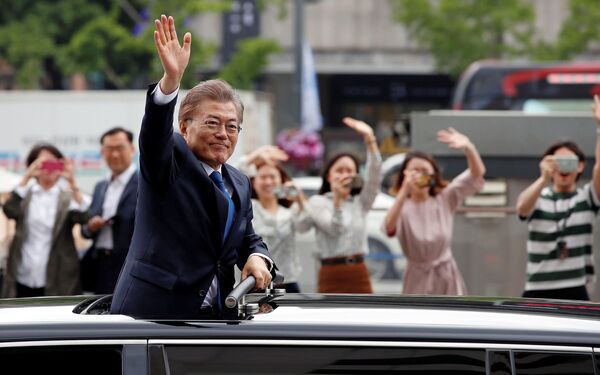
Konstantin Asmolov, an expert at the Institute for Far Eastern Studies, the Russian Academy of Sciences, suggested that Moon may slow down the deployment of THAAD missile defense systems.
"He never said that THAAD should be dismantled. Maybe, the new president will slow down the further deployment, but the already deployed systems will not be removed," Asmolov told Sputnik.
Asmolov pointed out that the US missile defense in South Korea is directed not against North Korea, but rather against Russia and China.
"There is one important thing. THAAD has a radio-radar that could detect Chinese missile launches. This radar has several operational modes. It can be directed at North Korea or at China," the expert said.
According to Asmolov, the problem is that the radar is controlled by the Americans while Seoul does not know against whom the radar is directed at the moment.
"Currently, THAAD covers only US military facilities in South Korea. In fact, several missile defense batteries are expected to be deployed. One of them will protect Seoul, but Washington’s priority goal is to protect its own facilities," he concluded.
The agreement on deploying the THAAD system was reached between the US and South Korea in July 2016, and the first components of the system started to arrive in the country in early March. The agreement implies that Seoul provides land for the system while Washington pays for its installation and maintenance.
Seoul is expecting to complete the deployment as early as June 2017, media reported, citing the South Korean Defense Ministry
According to media reports, the THAAD battery will include a TPY-2 TM radar and from four to nine full-track portable launchers carrying eight intercepting missiles each, with an operational range of up to 200 kilometers.
Never miss a story again — sign up to our Telegram channel and we'll keep you up to speed!

